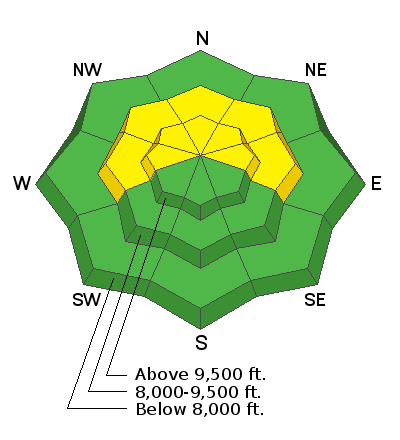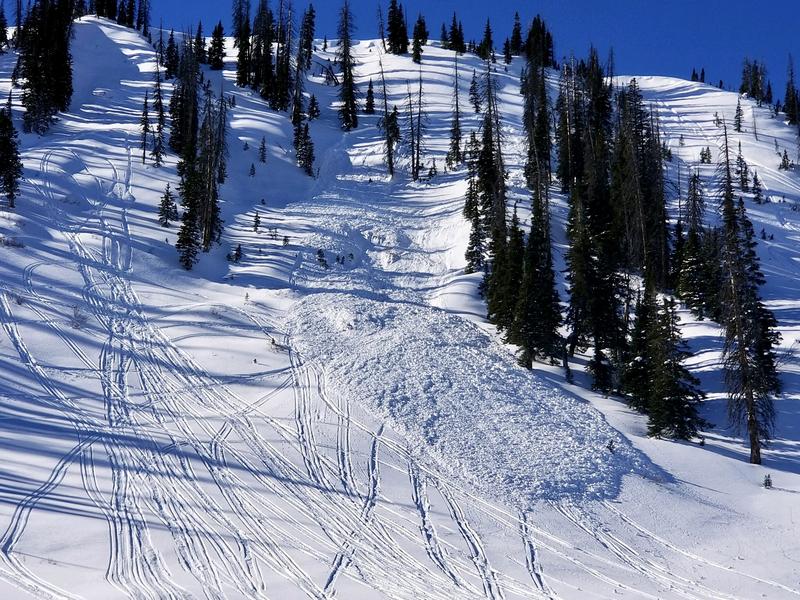Forecast for the Skyline Area Mountains

Issued by Brett Kobernik on
Sunday morning, January 13, 2019
Sunday morning, January 13, 2019
HUMAN TRIGGERED AVALANCHES ARE STILL POSSIBLE especially on slopes approaching 40 degrees in steepness and are more likely on the north end of the Skyline. North through east facing slopes are the most suspect but you could find a pocket on a crossloaded west facing slope as well.
Overall, the avalanche danger is MODERATE across the majority of the Skyline. If you avoid the slopes over 35 degrees, you will stay out of danger from avalanches. There is plenty of good safe riding out there, just use your head.

Low
Moderate
Considerable
High
Extreme
Learn how to read the forecast here








